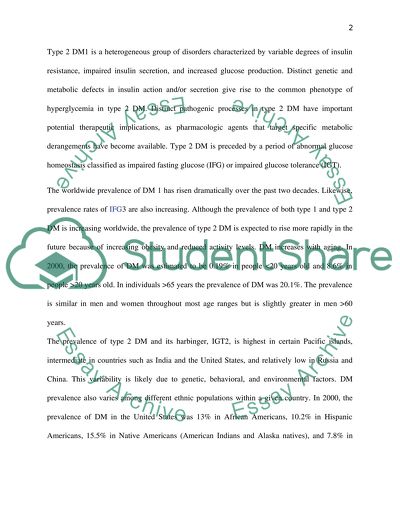Cite this document
(Public Awareness and Human Diseases Report Example | Topics and Well Written Essays - 2000 words, n.d.)
Public Awareness and Human Diseases Report Example | Topics and Well Written Essays - 2000 words. https://studentshare.org/health-sciences-medicine/1526568-public-awareness-and-human-diseases
Public Awareness and Human Diseases Report Example | Topics and Well Written Essays - 2000 words. https://studentshare.org/health-sciences-medicine/1526568-public-awareness-and-human-diseases
(Public Awareness and Human Diseases Report Example | Topics and Well Written Essays - 2000 Words)
Public Awareness and Human Diseases Report Example | Topics and Well Written Essays - 2000 Words. https://studentshare.org/health-sciences-medicine/1526568-public-awareness-and-human-diseases.
Public Awareness and Human Diseases Report Example | Topics and Well Written Essays - 2000 Words. https://studentshare.org/health-sciences-medicine/1526568-public-awareness-and-human-diseases.
“Public Awareness and Human Diseases Report Example | Topics and Well Written Essays - 2000 Words”. https://studentshare.org/health-sciences-medicine/1526568-public-awareness-and-human-diseases.


